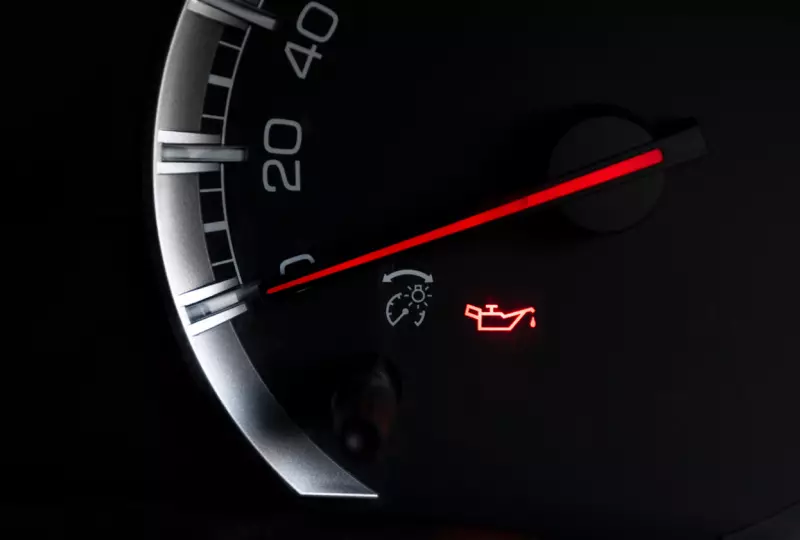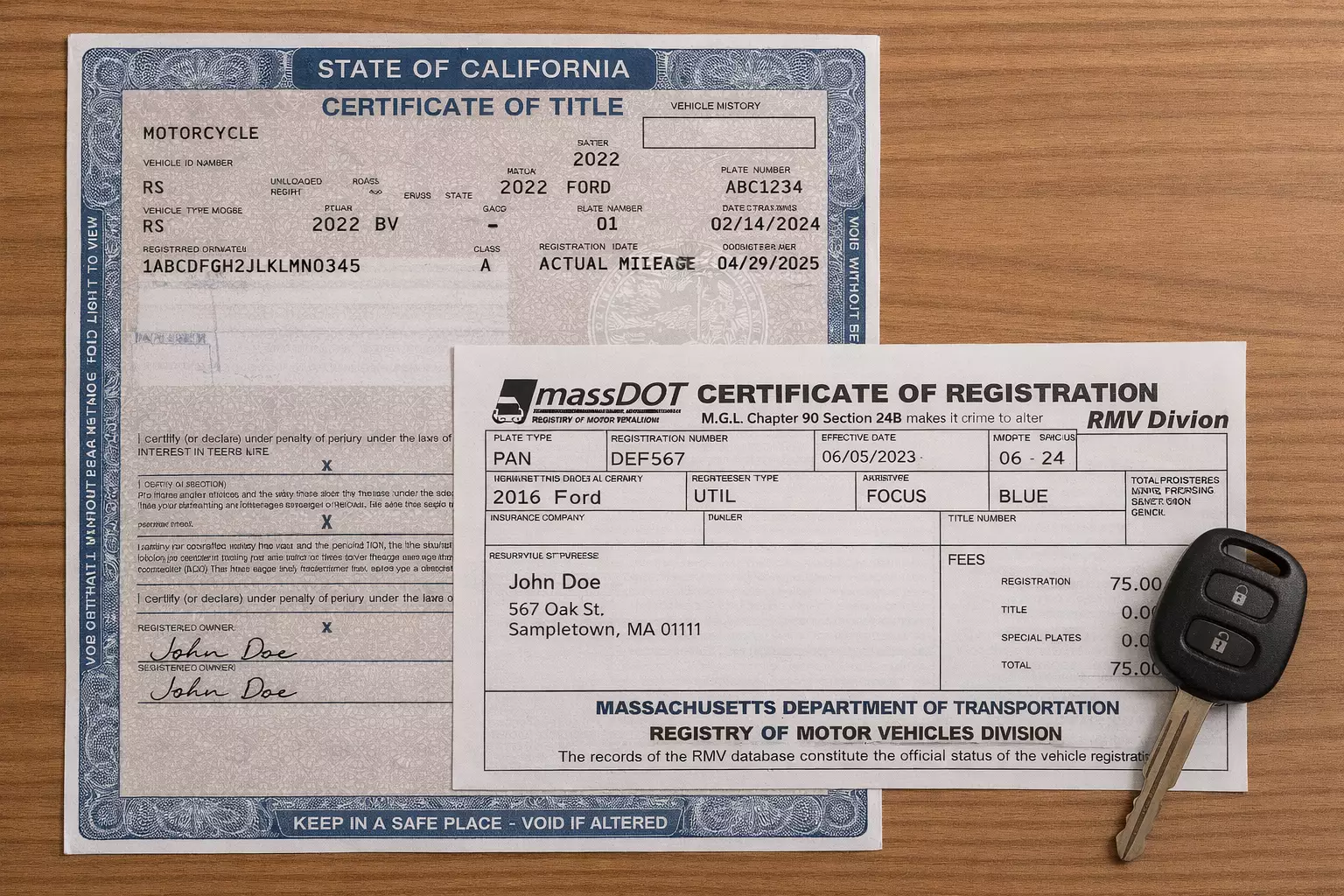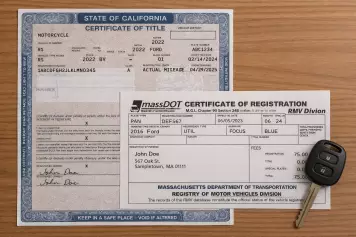Internal combustion engines allow revving, which is a normal part of operation. Electric vehicles do not rev because it’s a function of the air intake that feeds the combustion process. Revving engine means elevating the RPM (revolutions or rotation per minute) level above idle. It’s done to:
- Warm up a cold engine.
- Diagnose engine noises.
- Raise the engine temperature to check or change the oil.
- Check the valves.
When idling, an engine should run at or under 1,000 RPM. If your vehicle starts normally but the idle RPM is high, it can signal problems with the throttle, air intake, or compression leak. These issues should show up as warning lights (check engine light) on the dashboard that need to be diagnosed by an OBD tool that plugs into the vehicle’s onboard computer.
What is Revving an Engine?

Revving engine is a normal operation. It simply means using the accelerator (gas pedal) to raise the RPM level of the engine. It’s done when a vehicle is sitting still, which means it has to be out of gear. Revving is often done to warm up the engine, to check the engine's performance, or sometimes for auditory enjoyment from the sound of a high-revving engine.
Revving can help diagnose engine problems, such as:
- Squealing belts. When a belt within the engine is worn or poorly aligned, it may make excessive noise.
- Misfiring, which means the spark plugs and fuel injectors aren’t functioning properly.
- Stalling; which can be the result of several issues.
How to Rev an Automatic Car
Manual and automatic vehicles have the same basic engines but the transmissions are different. So if you're wondering can you rev an automatic car, the answer is yes! Revving an automatic car is a straightforward process but should be done with care to avoid unnecessary strain on the engine. Here's how to do it properly:
- Start the Car: Begin by starting your car and letting the engine idle for a few minutes to warm up, especially if it's cold outside. This helps ensure the oil is sufficiently fluid to lubricate the engine.
- Shift to Park or Neutral: Make sure your car is either in "Park" (P) or "Neutral" (N). In most automatic cars, revving is safest and most effective in these settings to prevent accidental movement.
- Press the Accelerator: Gently press down on the accelerator pedal with your foot. You'll notice the engine's RPM increase as you apply more pressure. The tachometer on your dashboard will show the RPM level rising.
- Release the Accelerator Gradually: After a short rev, carefully release the accelerator pedal to allow the RPM to decrease back to idle speed. It's important to avoid sudden releases or prolonged high RPMs to prevent engine stress.
- Monitor Engine Temperature: If you're revving the engine for an extended period, such as when warming it up in cold weather, keep an eye on the engine temperature gauge. Ensure the engine does not overheat.
How to Rev a Manual Car
Revving a manual car follows a similar process to revving an automatic car, but with the added step of engaging the clutch to disengage the engine from the transmission. Here's how to rev a manual car properly:
- Start the Car: Begin with warming up your car again.
- Depress the Clutch: Press down on the clutch pedal with your left foot. This action disengages the engine from the transmission, allowing the engine to rev freely without affecting the wheels' movement.
- Shift to Neutral: Move the gear lever into the neutral position (N). This ensures that the engine is not connected to the wheels and can rev without any resistance from the drivetrain.
- Press the Accelerator: With the clutch depressed and the car in neutral, gently press down on the accelerator pedal with your right foot. This action will increase the engine's RPM, as indicated by the tachometer on the dashboard.
- Release the Accelerator Gradually: After revving your engine to the desired RPM, slowly release the accelerator pedal to return the engine to idle speed. Be sure to do this gradually to avoid any sudden movements or stress on the engine components.
- Release the Clutch: Once you've finished revving the engine, release the clutch pedal slowly and smoothly to reengage the engine with the transmission.
- Monitor Engine Temperature: Keep an eye on the engine temperature gauge, especially if you're revving the engine for an extended period. Ensure that the engine does not overheat.
Remember, revving a manual car should be done with care and purpose, whether it's to warm up the engine, check its responsiveness, or simply enjoy the sound of the engine.
Is It Bad to Rev Your Engine?
Revving the engine can be bad if certain conditions aren't met. Gauges on your car dashboard like the temperature and oil pressure, provide important indicators. They show more than the RPMs of an engine.
Every engine should have a working temperature gauge that shows the engine’s approximate heat level. If an engine gets very hot when it has been running a short time it could mean the coolant could be low or not circulating properly. An engine that doesn’t have proper coolant levels shouldn’t be revved unless it’s done by a mechanic who’s diagnosing the coolant issue. Overheating an engine by revving can cause components to wear prematurely and even fail. Failure of engine parts while driving can cause accidents due to a sudden loss of power.
The oil pressure gauge shows the status of the oil lubricating the crankcase. Its pressure level is crucial to the proper and safe performance of the engine. If your oil level is low (if you have a leak or have burned oil) the engine shouldn’t be revved. Doing so with low oil forces the valves to function at a high rate without proper lubrication. This can cause the engine to heat above normal levels and malfunction, introducing wear that can cause damage by circulating oil that has debris in it.
Why Is It Bad to Rev a Cold Engine?
Some drivers revving the engine to warm up a car from a cold start but that’s not necessary under normal circumstances. In fact, revving your engine when it’s cold can be harmful, because:
- Cold engine oil is thick and takes a few minutes to lubricate valves thoroughly. Pushing cold valves with revving can cause them to stick.
- Sudden revs can exert high pressure on engine components, wearing them out prematurely.
It's best to allow the engine to warm up gradually before revving to minimize these risks and ensure optimal engine performance.








![Best Sites to Check a Car’s History [2025 Review]](https://media.infopay.net/thumbnails/K8lMeG2QLjE46LPqZlmoi6SunKKdT5qvlaRZk6e1.webp)










![Best Sites to Check a Car’s History [2025 Review]](https://media.infopay.net/thumbnails/K8lMeG2QLjE46LPqZlmoi6SunKKdT5qvlaRZk6e1-w356.webp)
